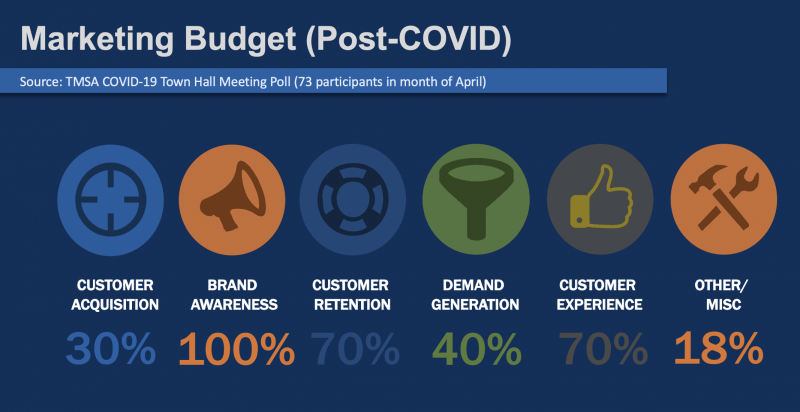
Who Owns Social Media? PR or Marketing?
Marketing is all about pushing the company messages out to target audiences through a variety of channels, which can include Twitter, Facebook, LinkedIn, etc. However, social media is about engaging in conversations with your target audience, something that push marketers aren’t that skilled at. Try promoting your business on Twitter and Facebook, and you will lose followers. Social media is not specifically for lead generation (marketing) but more for raising brand awareness and thought leadership (PR).
PR is responsible for the public face of the company. This team influences how the public (target audience) views the company, its brand, its products, and its employees. PR knows what to say when and how to say it. While PR does “push” messages out, they push them out in a way that is more engaging and invites the reader to learn more. Social media best practices really call for jargon-free, clear, and authentic communications — which PR pros are best trained to provide. Social media is all about interaction with the “public” which is a vital part of the role as public relations professionals.
Still, everyone views ownership of social media differently. Some think the marketing team should control social media for the entire organization while others feel a more decentralized approach is more effective. We recommend the many to one approach. Many people within your organization can create Twitter tweets or Facebook posts, but these need to be funneled through one person (or small group) who understands the key messaging of the organization.
Why do this? Because you don’t want someone announcing new products before issuing a press release or talking to the media; they will just think its old news and ignore it. You don’t want a recently fired, disgruntled employee who knows the corporate social media password to be able to post negative comments about the company or its people and products. You don’t want overlapping and conflicted messages issued either.
Besides, social media isn’t about “pushing,” it’s about engaging. Bottom line, there need to be social media policies in place within an organization. The different departments and product managers should contribute news, tidbits, and ideas to the conversations, but there should be a funnel through which these messages go through to make sure they meet corporate guidelines and objectives.
Brian Solis, author of the acclaimed book on social media and business, “Engage!,” and principal at Altimeter Group, a research-based advisory firm perhaps sums it up best by saying, “In the social Web, a brand’s perception reputation is in the hands of the new influencers – those customers, peers, and prospects who leverage social media to voice their views, opinions, and questions. It’s how you discover and engage in these discussions that determine the brand’s resonance.”
